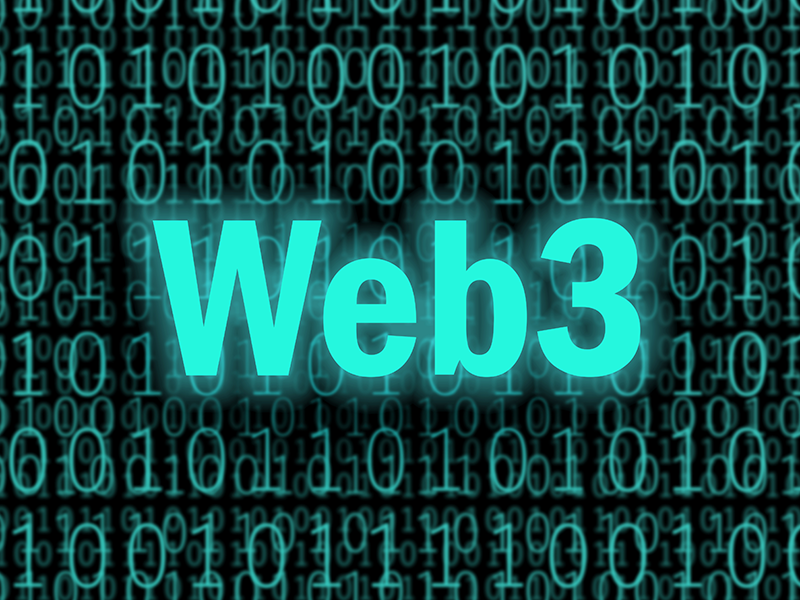Many of today’s top companies began just like any other startup with dreams of massive growth on minuscule marketing budgets. Prior to 2010, this often proved to be a challenging, if not impossible, task for many companies.
But, thanks to Sean Ellis, founder of GrowthHackers, the concept of Growth Hacking was born. Companies began to see the light at the end of the tunnel, and many field leaders such as Tesla, YouTube, and Airbnb have found success there.
Another company that jumped on the growth hacking bandwagon was none other than cloud storage service Dropbox. Dropbox began a marketing initiative that offered 250MB of extra storage to users who invited a friend to the platform. Dropbox saw a 60% increase in sign-ups overnight!
As more companies begin to dip their toes into the Web3 pool, it only makes sense to find growth hacking opportunities there as well. In this article, we will provide you with a play-by-play for growth hacking in Web3.
What is Growth Hacking?
Simply put, growth hacking is a way for companies to scale without breaking the bank. Often, a growth hacking marketing strategy is low-cost or even free. Not to say that growth hacking is straightforward. Growth hacking efforts involve a ton of strategic planning while keeping one main factor in mind—the price of implementation.
Fortunately for you, we have identified four things you should know if you want to have a better shot at growth hacking success in Web3.
Tip #1 – Pay attention to SEO
Web3 is still in its infancy and many people struggle to grasp the concept of what it means. So, what does any millennial or Gen-Z do when they have a question? They implement a quick solution. Ask Google, of course! That’s why it’s crucial that your Web3 marketing strategy includes SEO improvements.
Make sure you’re answering common questions that people are asking. Begin making ‘how to’ and ‘what if’ posts to get people engaged in your content and offerings.
Tip #2 – Content marketing is your friend
Building from SEO growth, content marketing is just as important. Fortunately for you, the two go hand in hand. You can obtain better SEO rankings through quality content. In addition, content marketing is going to help you get engaged with potential customers while building loyalty in the process.
In Web3, this also involves providing exclusive content and rewards to loyal members, which brings us to tip #3.
Tip #3 – Incentives
More Web3 companies are finding substantial growth through unique incentives. A great example comes from Web3 gaming, the fastest-growing industry in the Web3 space.
Some companies have begun efforts to reward gamers by paying them for their time spent playing online. Sounds costly, right? It doesn’t have to be. Many play-to-earn (P2E) games start by gathering investments from interested players (instead of equity investors). Once they’ve raised enough capital, they begin building the gaming ecosystem. From there, the virtual gaming economy is born.
Tip #4 – Community growth
Web3 companies have an advantage over their Web2 counterparts because they focus on growing loyal communities through user ownership. Going back to the example of Web3 gaming, many games offer ownership opportunities such as virtual plots of land. With virtual land ownership, purchasers can improve their space, rent it out, or do pretty much anything they could think of doing with a physical piece of land.
Another way they build loyal communities is by increased member involvement. This might be through:
- Allowing members to assist with hiring efforts
- Inviting members to assist with token designs
- Asking members for technical/non-technical support
Allow PR Genius to assist with your growth hacking efforts
PR Genius has all the tools you need to combine an effective Web3 PR strategy with community growth hacks. Let us help you navigate through the Web3 space and drive more traffic to your platform.






